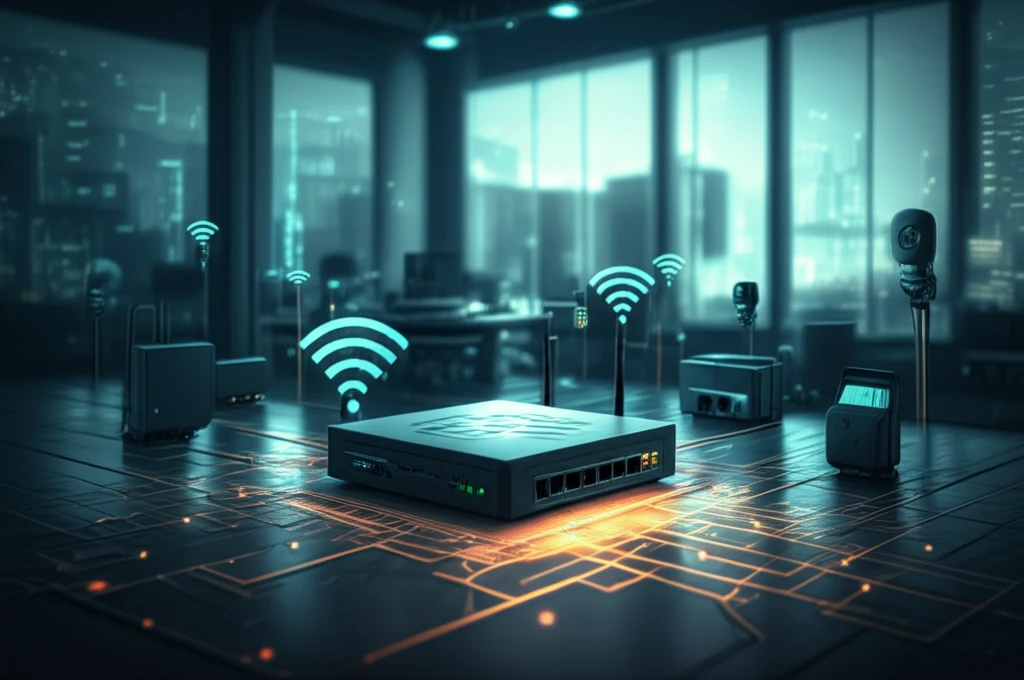
Smart Home Revolution: How Intelligent Gateways are Bridging ZigBee and Ethernet Networks
"Unlock the potential of seamless connectivity with IoT gateways that integrate ZigBee's short-range prowess with Ethernet's robust infrastructure for a smarter, more responsive home."
In an era where connectivity is king, the smart home has emerged as a focal point of technological innovation. At the heart of this evolution lies the Internet of Things (IoT), a network of interconnected devices working in harmony to enhance convenience, efficiency, and security. Among the myriad technologies that power the IoT, ZigBee and Ethernet stand out as critical components, each with unique strengths and applications.
ZigBee, a short-range wireless communication protocol, has become a staple in various sectors, including agriculture, industry, and home automation. Its low-power consumption and ability to support numerous devices make it ideal for sensor networks and device control. However, ZigBee's limited range presents a challenge when integrating it into larger networks that require broader coverage and higher bandwidth.
Ethernet, on the other hand, offers a robust and reliable wired connection, providing high-speed data transfer and extensive network coverage. While Ethernet excels in delivering bandwidth and stability, its wired nature limits its flexibility and scalability, especially in environments with numerous mobile or distributed devices. To bridge the gap between these two technologies, intelligent gateways have emerged as a pivotal solution, seamlessly integrating ZigBee's wireless capabilities with Ethernet's wired infrastructure.
The Architecture of Intelligent IoT Gateways

Intelligent IoT gateways serve as the linchpin in connecting ZigBee-based devices to Ethernet networks. These gateways typically consist of two primary modules: a ZigBee module for wireless communication and a main system module for data processing and network connectivity. The ZigBee module, equipped with a ZigBee coordinator, receives data from various ZigBee end devices, such as sensors and actuators. This data is then transmitted to the main system module, which acts as the central processing unit of the gateway.
- Dual MCU Design: Employs separate MCUs for ZigBee and main system functions.
- ZigBee Coordinator: Manages wireless communication with end devices.
- Ethernet Connectivity: Enables high-speed data transfer over wired networks.
- Protocol Conversion: Translates data between ZigBee and Ethernet protocols.
- User Interface: Provides a web-based interface for configuration and control.
The Future of Intelligent Gateways in Smart Homes
As the smart home continues to evolve, intelligent gateways will play an increasingly important role in connecting and managing the growing number of IoT devices. The ability to seamlessly integrate ZigBee and Ethernet technologies will enable a more connected and responsive living environment, where devices can communicate and interact with each other to optimize energy consumption, enhance security, and improve overall convenience. Future research will focus on improving the reliability and security of these gateways, as well as exploring new ways to leverage their capabilities to create even more innovative smart home applications. How to synchronize data to the cloud based on these hardware is the next research direction.
